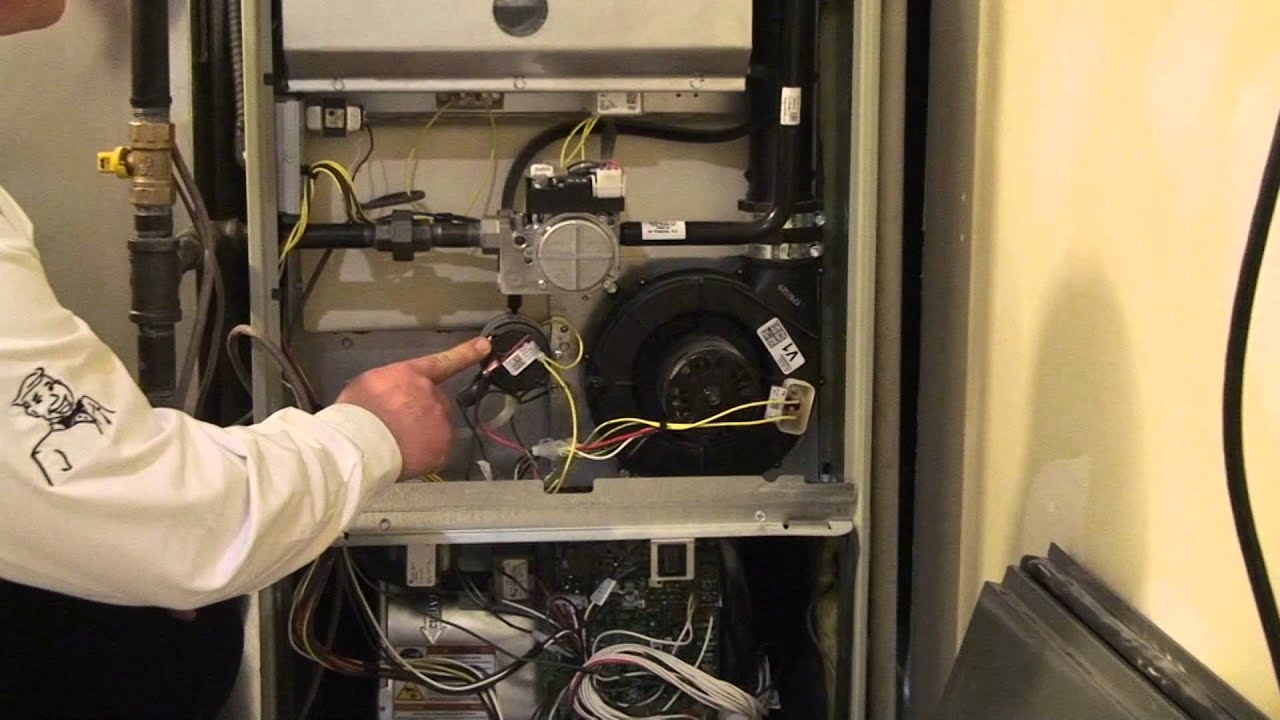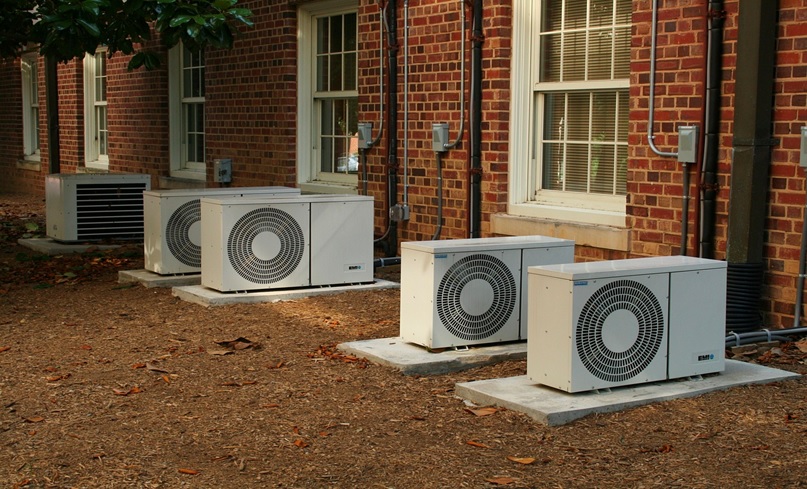High-efficiency furnaces are also known as high-efficiency condensing furnaces. The mechanism followed by condensing furnaces cause water vapor to condense. Then this water vapor is drained away through a tube to a floor drain.
Everyone knows that a high-efficiency furnace is more complex than any conventional furnace. Naturally, troubleshooting is somewhat more complicated in the former than in the latter, especially since there are more potential problems than the former has.
Let us now find out the five common problems that high-efficiency furnaces usually have:
Faulty pressure switch
A faulty pressure switch is a safety device designed to sense the negative pressure created by the draft inducer at the start-up itself. A defective pressure switch will not allow the furnace to ignite at all. Connect the thermostat to call for heat for cracked or broken hoses running from the pressure switch. Within the furnace, disconnect the power leads attached to the pressure switch. Set your multimeter to ohms to understand the resistance test. If the meter reads 0 or something near it, it indicates no resistance. However, if it reads a much larger number, remember that the pressure switch is faulty and needs to be replaced.
Clogged flue vent
An obstructed exhaust flue gas vent pipe can also cause problems. Always check to see if any exhaust flue gas vent pipes are obstructed. Sloping the vent pipe inadequately then also causes problems. The vent pipe should also be supported at 5 feet intervals horizontally. The upward slope from the furnace must not be more than ¼ inch rising for every foot of horizontal run. A vent pipe sloping inadequately or sagging coma can collect condensate water, completely restricting the airflow. This can also trip the pressure switch. You can also consider hiring furnace repair professionals in case of severe issues.
Clogged condensate drains
A clogged flue vent condensate line can be why your high-efficiency furnace fails to ignite. The condensate collector box near the inducer fan or even a condensate line must be checked to ensure that the pressure switch is not tripped. Any debris or frozen condensate, or even improper training, can cause the pressure switch to prevent ignition.
Exhaust gas recirculation
The direct vent system must be installed correctly. Improper installation can create problems like short circuits and even backward flow of the gases into the combustion air intake pipe. Never have the air intake and the exhaust vents too close together. Otherwise, the air that reaches the furnace will not have enough oxygen for proper combustion. Use a concentric vent kit or install separate vent pipes for a two-pipe system.
Intake air vent
An air intake vent pipe in a two-pipe system will cause serious combustion problems when it is obstructed. Always check if a blocked air supply pipe causes the furnace combustion problem. Remove the burner compartment cover to provide an unrestricted airflow into the combustion chamber. If there is an improvement in combustion, your air supply vent pipe is obstructed. Birds’ nests, leaves, frozen condensates, debris, and dirt, can all cause such obstructions. You can use a sink auger to clean out the vent. However, fitting a metal screen over the end of the integrant then stops obstructions from happening.
Verdict
We’ve seen from the above discussion the five quick-fix issues with high-efficiency furnaces. Remember to include expert and professional guidance when you wish to fix these issues.



